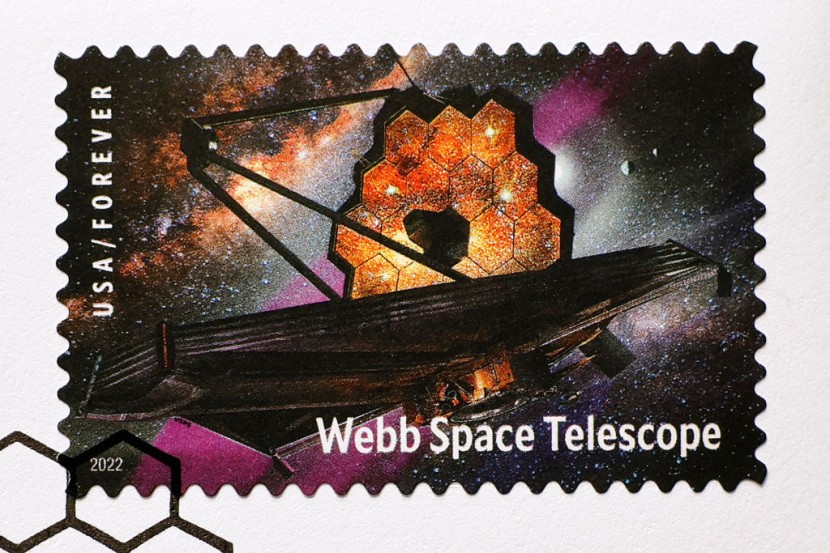
A new Massachusetts Institute of Technology (MIT) study warned astronomers that they could be misinterpreting the space data provided by the James Webb Space Telescope due to a lack of accurate technology that could analyze the information.
The problem lies specifically with opacity models, which are the tools that model how light interacts with matter as a function of the matter's properties. They may need significant retuning in order to match the precision of JWST data, said the researchers.
Scientific Limitations
The researchers predict that, if these models are not refined, the properties of planetary atmospheres, such as their temperature, pressure, and elemental composition, could be off by an order of magnitude.
Assistant professor in MIT's Department of Earth, Atmospheric, and Planetary Sciences (EAPS), Julie de Wit, who is the co-leader of the study, said, "There is a scientifically significant difference between a compound like water being present at 5% versus 25%, which current models cannot differentiate."
EAPS graduate student Prajwal Niraula added that the model currently in use to decrypt spectral information is not accurate enough to meet the precision and quality of data provided by the James Webb Space Telescope. She noted that the opacity problem has to be addressed, as per MIT News.
De Wit, Niraula, and their colleagues have published their study today in Nature Astronomy, and co-authors include spectroscopy experts Iouli Gordon, Robert Hargreaves, Clara Sousa-Silva, and Roman Kochanov of the Harvard-Smithsonian Center of Astrophysics.
Opacity is a measure of how easily photos pass through a material as photons of certain wavelengths can pass straight through a material, be absorbed, or be reflected back out depending on whether and how they interact with certain molecules within a material.
Read Also: A Core Principle of Einstein's Theory of General Relativity Passes Most Stringent Test Yet
According to SciTechDaily, the problem comes as NASA's James Webb Space Telescope is revealing the universe with breathtaking, unprecedented clarity. The observatory's spectacular ultrasharp infrared vision has already cut through the cosmic dust to illuminate some of the earliest structures in the universe.
Accuracy Wall
On top of seeing farther into the universe than ever before, the space telescope will capture the most detailed view of objects in our own galaxy. One example is that it will turn its razor-sharp eye on some of the 5,000 exoplanets that have been discovered in the Milky Way galaxy.
By harnessing the telescope's light-parsing precision, astronomers are able to decode the atmospheres surrounding some of these nearby worlds. They provide clues to how a planet formed and whether it harbors signs of life, things that can be deciphered from the properties of their atmospheres.
The MIT team said that they put the most commonly used opacity model to the test during their experimentation. They looked to see what atmospheric properties the model would derive if it were tweaked to assume certain limitations in our understanding of how light and matter interact.
The researchers created eight such "perturbed" models, and for each, including the real version, they fed "synthetic spectra," patterns of light that were simulated by the group and similar to the precision that the JWST would see in outer space.
The team discovered that, based on the same light spectra, each perturbed model produced wide-ranging predictions for the properties of a planet's atmosphere. After analyzing the data, the researchers concluded that if existing opacity models are applied to light spectra taken by the James Webb telescope, they will hit an "accuracy wall," Mirage News reported.
Related Article:
© 2025 HNGN, All rights reserved. Do not reproduce without permission.








